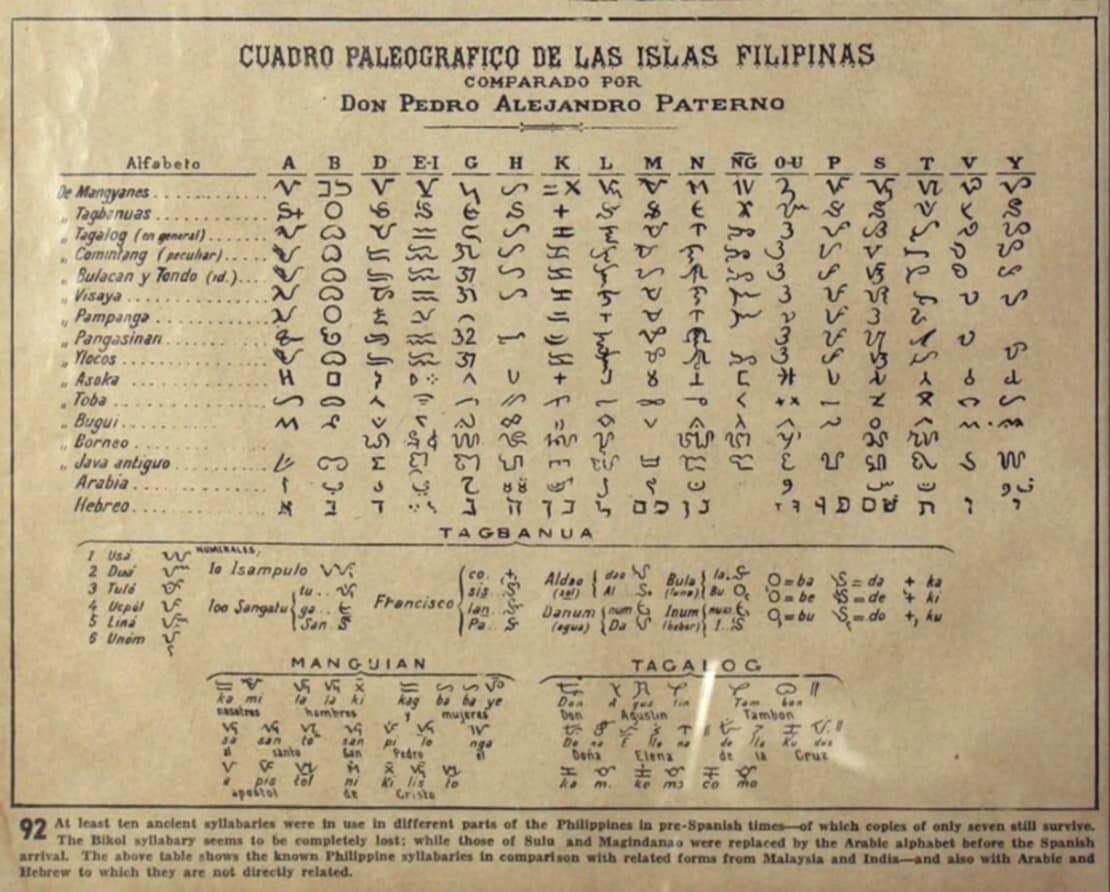Dialectal Semantic Comparison between Davao and Cebu Varieties of Binisaya: Toward a Contrastive Analysis Hypothesis
DOI:
https://doi.org/10.59120/drj.v16i3.434Keywords:
Contrastive Analysis Hypothesis, Cebu variety, Davao variety, Philippine Dialects, Semantic ComparisonAbstract
This study investigates semantic comparison between Davao and Cebu varieties of Binisaya focusing on the potential L1-L2 interference. There were 25 synonymous words from both varieties designed for a classroom writing task. Findings revealed that 68% of the lexical items exhibit semantic alignment, leading to the assumption of cross-dialectical intelligibility due to shared Austronesian roots. However, 32% of entries demonstrate semantic mismatches, which reflected Lado’s Contrastive Analysis Hypothesis, that linguistic differences between native and target language pose learning challenges. These mismatches are not arbitrary but culturally and regionally situated. The study concludes that semantic variation within the two varieties can lead to misinterpretation and communicative friction if not addressed pedagogically. By applying this contrastive approach, educators can better diagnose learner difficulties and design culturally responsive instruction that accounts regional vocabulary.
Downloads

Downloads
Published
Issue
Section
License
Copyright (c) 2025 Jovanie B. Garay

This work is licensed under a Creative Commons Attribution-NonCommercial 4.0 International License.
DRJ is an open-access journal and the article's license is CC-BY-NC. This license allows others to distribute, remix, tweak, and build on the author's work, as long as they give credit to the original work. Authors retain the copyright and grant the journal/publisher non-exclusive publishing rights with the work simultaneously licensed under a https://creativecommons.org/licenses/by-nc/4.0/.





